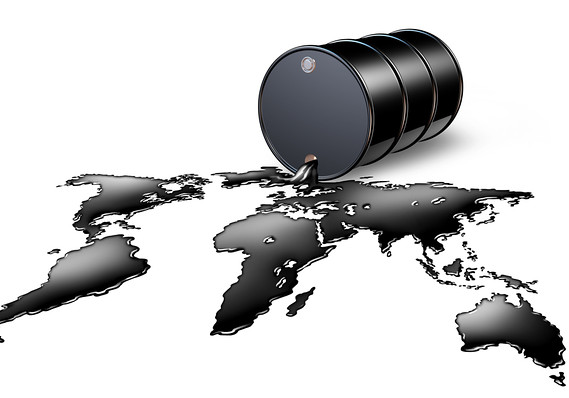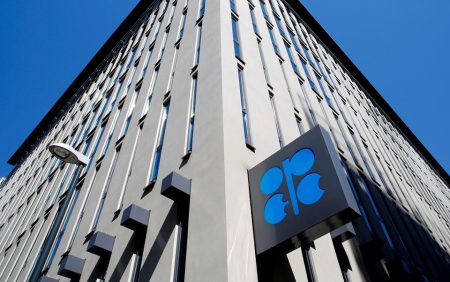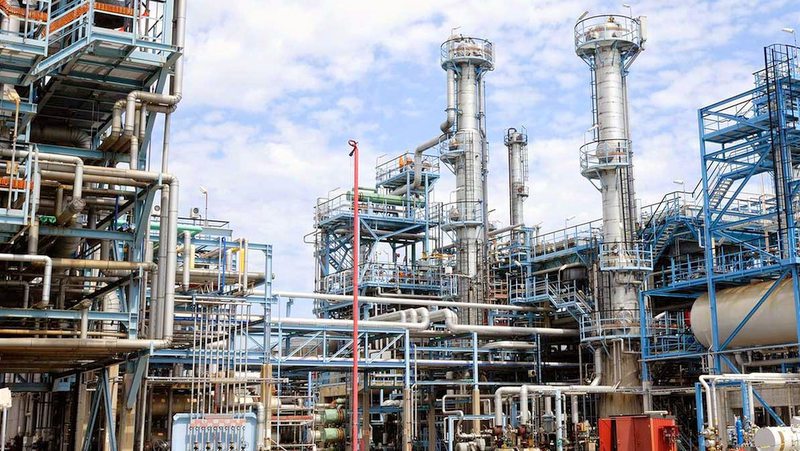
16 February 2019, Houston — Drilling curbs by oil producers in the largest U.S. shale field will continue until transport bottlenecks ease and investors stop punishing companies for increasing capital spending, executives at an energy conference said on Thursday.
The price of crude in the Permian Basin of West Texas and New Mexico fell sharply last year, selling as much as $18 below U.S. benchmark prices, as a lack of pipeline capacity landlocked some oil output and as investors pushed producers to reduce spending and boost shareholder returns.
On Thursday, the regional price of crude was at a $1.10 a barrel premium to U.S. crude futures, the strongest in more than a year as companies including Parsley Energy, Pioneer Natural Resources, Goodrich Petroleum Corp have pared their exploration budgets, easing the constraints.
Pioneer Natural Resources Co, one of the Permian’s largest producers, said this week it plans to reduce 2019 capital expenditures by 11 percent, or about $350 million, slowing its production growth from prior years.
“There aren’t nearly as many drilling dollars available,” said Bobby Whiteside, president of Midland, Texas-based oil producer Regions Permian LLC. “If Wall Street wants you to drill within cash flow, you’re going to have slower growth.”
The Permian is the nation’s largest and fastest growing oil field. Its output has driven U.S. crude production to near 12 million barrels per day (bpd), forcing OPEC and allies to cut their output.
Oil and gas officials interviewed at the Houston conference say the recent shale cutbacks will remain until three proposed pipelines from West Texas to the U.S. Gulf Coast come online over the next 18 months.
%0



